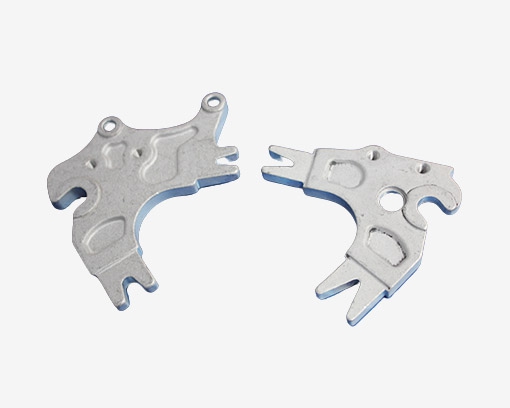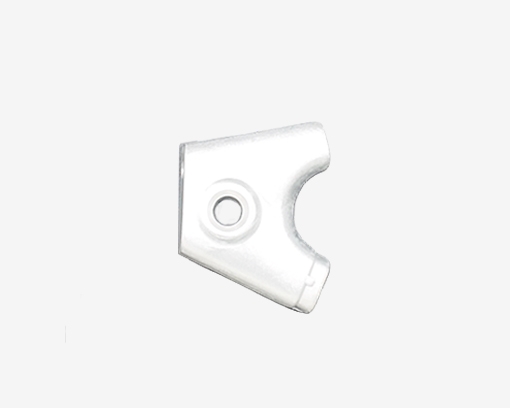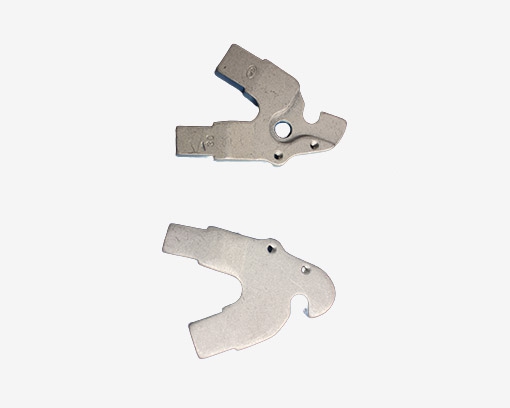After the installation of the bicycle tail hook claw is completed, it can be debugged through the following steps:
1. Check the firmness of the installation: Gently shake the tail hook with your hand to check if it is tightly connected to the frame and if there is any looseness or shaking. If the tail hook is found to be loose, the installation bolts need to be tightened again to ensure that the tail hook is securely installed. Otherwise, problems such as backward displacement and chain jumping may occur during cycling.
2. Check the installation position of the rear switch: Install the rear switch on the tail hook to ensure that the installation position of the rear switch is correct and can move freely. Check if the distance between the rear wheel and the flywheel is appropriate. Generally, when the chain is at the minimum flywheel, a distance of about 5-6 millimeters should be maintained between the rear wheel and the flywheel. If the distance is too large or too small, it can be fine tuned by adjusting the rear mounting screw on the tail hook.
3. Adjust chain tension: Install the rear wheel and hang the chain on the flywheel to check the tension of the chain. Under normal circumstances, when lifting the middle part of the chain by hand, the range of movement of the chain should be around 15-20 millimeters. If the chain is too tight, it will increase the resistance of the transmission system and accelerate the wear of the chain and flywheel; If the chain is too loose, it is easy to cause tooth jumping or chain dropping. The chain tension can be changed by adjusting the position of the rear wheel axle to achieve the appropriate state.
4. Test the shifting function: Use the shift lever to switch the chain between each flywheel in sequence, and observe whether the backward movement is smooth and accurate. Check whether the chain can smoothly transition between different flywheels during the shifting process, and whether there is any jamming, tooth jumping or chain dropping phenomenon. If you find that the speed change is not smooth, it may be due to improper adjustment of the rear limit screw, inappropriate tension of the transmission line, or deviation in the installation angle of the tail hook. At this point, it is necessary to recheck and adjust the relevant components.
5. Check the brake system: Although the installation of the tail hook claw is mainly related to the transmission system, it may have a certain impact on the brake system during the installation process, so it is necessary to check whether the brake system is normal. Check if the tension of the brake cable is appropriate, if the brake clamp can clamp the wheels properly, and if the stroke of the brake lever meets the requirements. If there are any problems, adjust the brake system in a timely manner to ensure safe riding.











